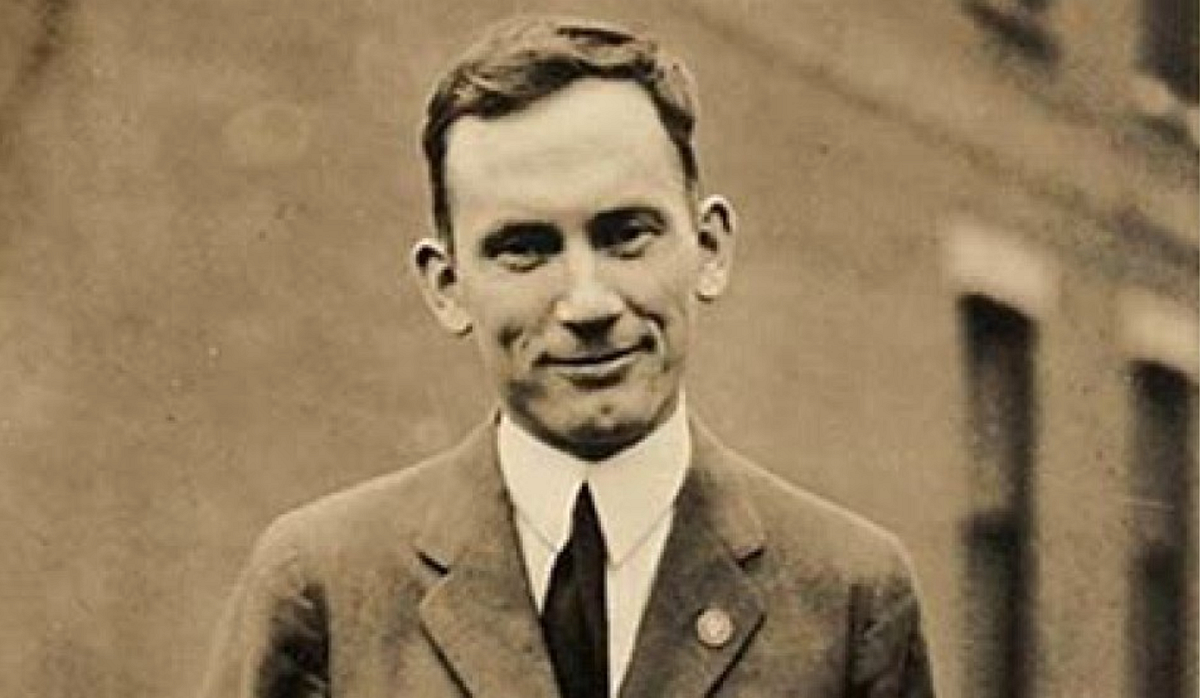
"There was a time (not so long ago...) when researching something meant sitting down and figuring it out. You'd open a few tabs, compare headlines and try to piece together what seemed credible. It wasn't perfect, but it worked. You weren't just searching for information, you were learning how to judge it. Now the answer shows up at the top. We don't navigate information anymore. And like any negotiation, the outcome doesn't just depend on what is said. It also depends on how it's delivered."
"Time-biased media like stone tablets, clay, and oral tradition: durable, slow to produce, hard to distribute. Designed to preserve memory across generations. They were costly to create, so what made it into stone was meant to last. Space-biased media like paper, newspapers and radio: fast, scalable, and easy to spread. Great for moving information across distance. The tradeoff is that the information is easy to forget."
Two categories of media bias shape how knowledge persists. Time-biased media (stone, clay, oral traditions) are durable, slow, hard to distribute, and preserve memory across generations but are costly to produce. Space-biased media (paper, newspapers, radio) are fast, scalable, easy to spread across distance, and more ephemeral, increasing forgetfulness. Each medium structurally tilts which truths endure and changes the consequences of error. Overreliance on speed erodes long-term cultural memory. Modern search concentrates answers and reduces navigational evaluation, making truth a negotiation influenced by delivery methods.
Read at Medium
Unable to calculate read time
Collection
[
|
...
]